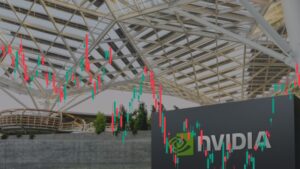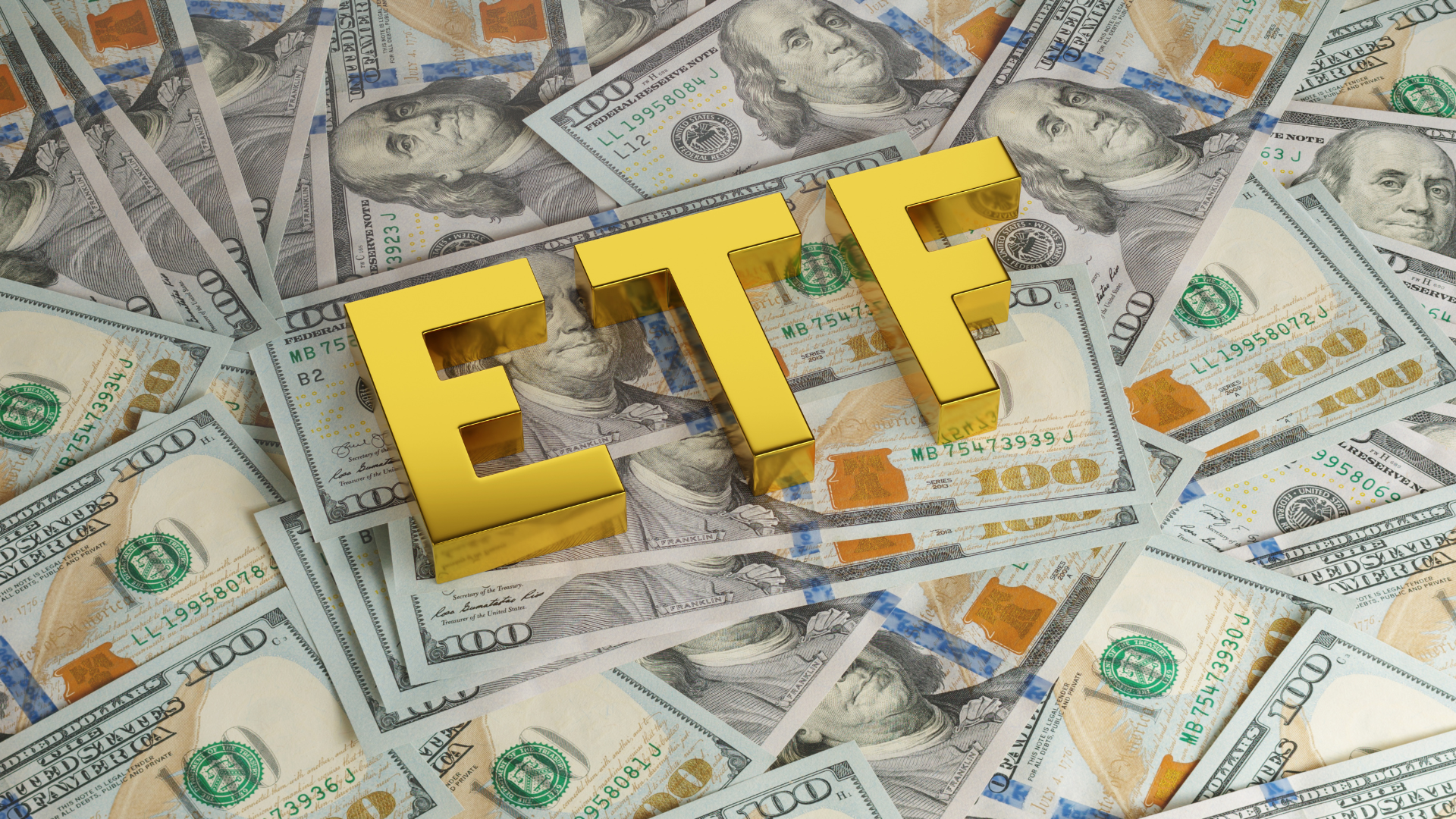A surge in demand for high-yield ETFs (Exchange-Traded Funds), boasting returns as high as “100%”, is fueling a rush among retail investors eager for rapid gains. These fast-return funds have gained significant traction, appealing to those seeking short-term profits in a turbulent economic climate where traditional investments have faltered.
This trend reflects the growing appetite of retail investors for high-risk, high-reward opportunities. In recent months, these ETFs have attracted billions of dollars in capital, often from investors who may not fully grasp the risks involved. The potential for quick returns has overshadowed concerns about volatility and the sustainability of such elevated yields.
“Investors are flocking to these high-yield products,” one strategist commented, noting that the impatience of many retail investors has driven them toward aggressive strategies. The rise of commission-free trading platforms has only accelerated this trend, making it easier for individuals to engage in speculative moves typically dominated by institutional investors.
The assets held in these ETFs are often tied to complex financial products, including derivatives or highly leveraged positions. While these can produce impressive short-term gains, they also carry significant risks. Analysts warn that the inherent volatility of these ETFs makes them vulnerable to steep losses, particularly during market downturns. Despite these risks, many investors are willing to roll the dice in hopes of reaping fast profits.
This surge in high-yield ETF activity comes as more traditional income-focused investments, such as bonds and blue-chip stocks, have struggled to deliver meaningful returns. With interest rates remaining high and economic uncertainty lingering, these ETFs present an attractive alternative for those looking to boost their portfolios quickly.
As more investors pile into these quick-buck ETFs, industry experts caution that a market correction could expose the risks, leading to significant losses for those unprepared for the volatility. Nonetheless, the explosive growth of these funds underscores the current market sentiment, where quick profits are becoming a dominant goal for retail investors.
















